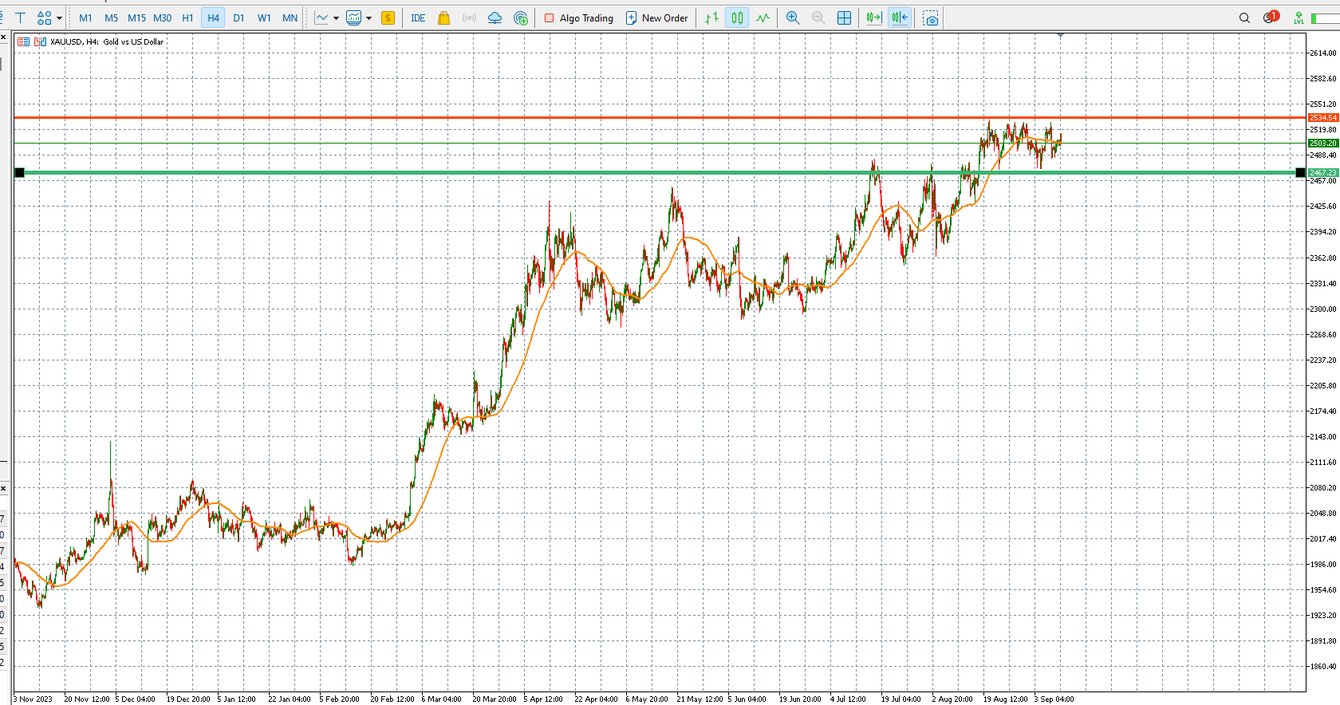Gold prices are very much in a limbo as traders are stuck between two important events: one of them has already unfolded and the other one will be unfolding this week. Question bothers them: what is included in the price and what is left to consider.
Background
Last week on Friday, we had some really important economic readings that brought massive wild moves for the gold price action. The data was mainly focused on an important element, which is the US job market. The Fed, which has two primary functions: firstly maintain the lower unemployment in the US and secondly pay attention to price stability, paid close attention to the US labour market against all the rumours and market expectations.
Going into last week’s event, the market players were very anticipating a weak jobs report as certain important key indicators for the US NFP flagged that fact the US job market is not on solid footing. For instance, the US Jobs-related data, such as the US JOLTS, US ADP Number, US ISM Manufacturing, and US Weekly Jobless Claims Number, very much indicated that the print on Friday is not going to be a strong one. However, the actual number that came on Friday was pleasant—at least for the Fed. The headline number for the US NFP matched the expectations, and the unemployment rate ticked lower to 4.2%. All of this supported the narrative that speculators have been falsely blaming the Fed for a potential policy mistake, given that the US labor market is still in demand, and even if it isn't, it isn't close enough to be classified as something that is about to collapse.
The US CPI—the Price Stability Element
Now that we know that one component of the Fed policy is actually strong and validates their current narrative about their monetary policy, the focus will shift towards the price stability element—the US CPI. So, in essence, traders will be paying very close attention to the US CPI data that will be released tomorrow, and their focus will be on inflation.
What is expected?
In terms of the US CPI data, gold traders are very much expecting the y/y number to fall, as the forecast for this number is to fall to 2.6% from its previous reading of 2.9%. Furthermore, they do not anticipate an increase in the month-to-month (m/m) number, with the expectation that it will stay at its current level of 0.2%. Now, if the numbers align with the expectations, it's likely that the price won't experience much movement. However, let's assume that if the number falls more than expectations, then we would expect a significant reaction, as traders would consider a lower inflation reading as a signal that the Fed has now room to act more aggressively and cut the interest rates more rapidly.
On the other hand, if the number actually exceeds expectations, it could potentially delay the next rate cut, or at the very least, limit it to no more than 25 basis points.
The chart below illustrates significant price levels for the gold price.
Gold Trading chart by AvaTrade

